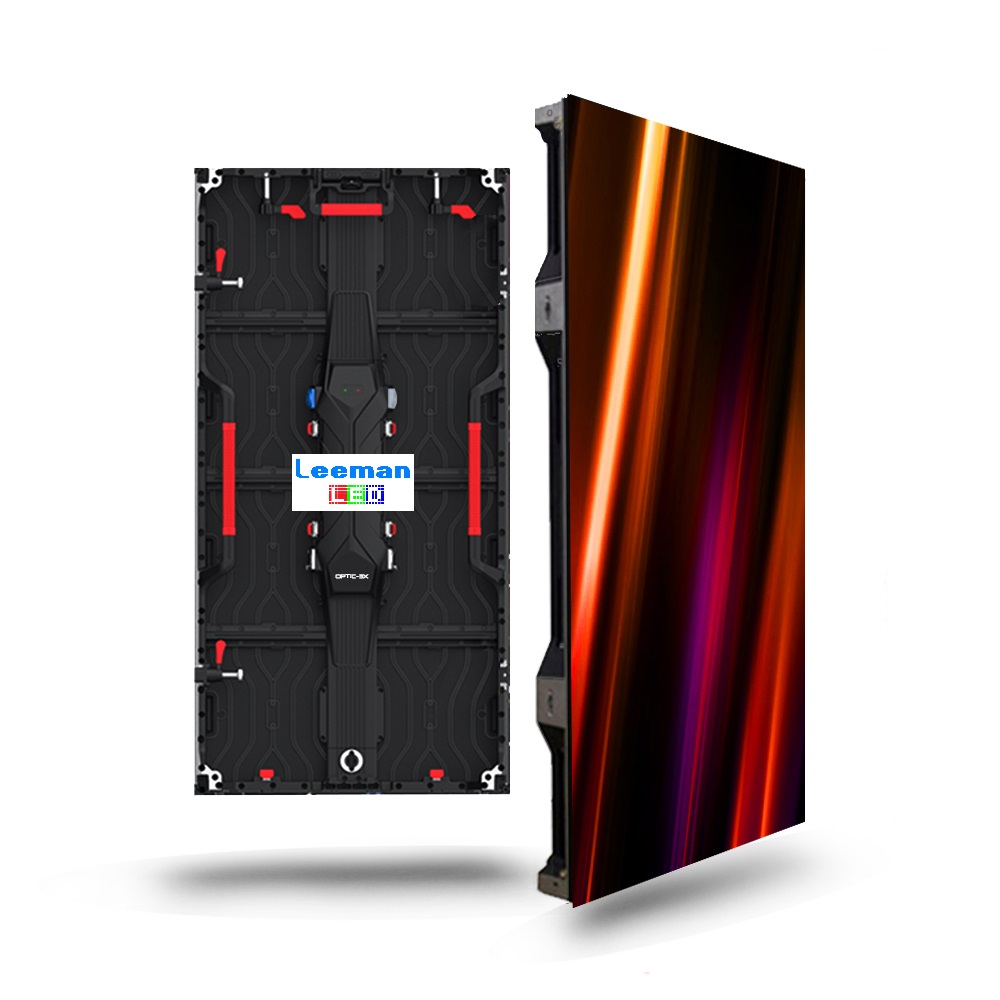Investigating the Crucial Factors That Affect Hue Consistency in Light Emitting Diode Panel Panels for Ideal Display Performance
Investigating the Crucial Factors That Affect Hue Consistency in Light Emitting Diode Panel Panels for Ideal Display Performance
Blog Article
Color consistency in light-emitting diode wall panels is crucial for attaining maximum visual performance. LED wall screens are widely used in multiple settings, including musical events, conferences, and advertising showcases. When the colors on these panels are uniform, they create a more engaging and immersive encounter for audiences. Several key elements affect hue consistency, including the quality of the LED elements, calibration processes, and environmental conditions.
The caliber of the light-emitting diode components plays a major role in color uniformity. Various types of light-emitting diodes emit light at different frequencies, which can affect the total hue result. High-quality LEDs are designed to produce a more uniform light range, leading in improved color accuracy. Additionally, the manufacturing method of these LEDs can impact their performance. Panels made with high-grade materials and techniques tend to have less color variations, ensuring that the displayed images and videos look vibrant and faithful to reality.
Tuning is another essential factor in maintaining color uniformity in light-emitting diode wall screens. Calibration entails modifying the settings of the panel to make certain that the colors displayed align the desired design. This process can consist of adjusting luminosity, contrast, and color equilibrium. Frequent calibration is essential, especially in settings where lighting conditions vary frequently. By calibrating the screens, specialists can correct any inconsistencies in hue output, resulting get more to a more consistent viewing experience.
Surrounding factors also affect color uniformity in light-emitting diode wall panels. Elements such as ambient light, temperature, and humidity can affect how hues are perceived. For instance, intense surrounding light can wash out colors, making them look more lively. Similarly, harsh temperatures can influence the performance of the light-emitting diodes, resulting to color shifts. To reduce these problems, it is essential to install light-emitting diode wall screens in controlled environments where lighting and temperature can be controlled efficiently.
Lastly, the design and layout of the LED wall screens can affect color uniformity. The arrangement of the screens, as well as the spacing from which they are viewed, can create differences in color perception. When panels are arranged too far apart or at different positions, viewers may detect discrepancies in color. To achieve the optimal optical output, it is important to take into account the placement and arrangement of the screens during setup. By addressing these factors, operators can ensure that their light-emitting diode wall screens provide a consistent and high-quality visual encounter.